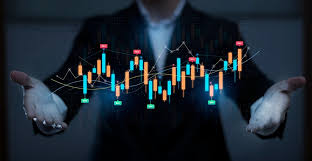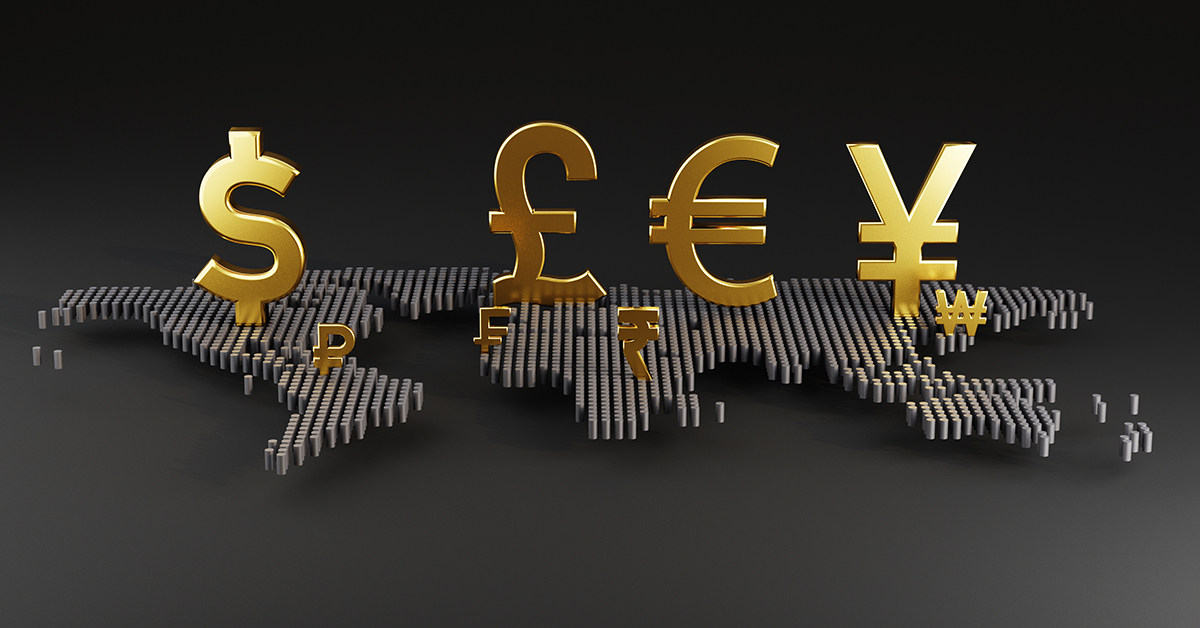
What is Forex Trading?
Forex trading, also known as foreign exchange trading, refers to the global decentralized market where currencies are bought and sold. This market is the largest and most liquid financial market in the world, with daily trading volumes exceeding $6 trillion. Forex trading involves speculating on the relative strengths of different currencies and making profits from fluctuations in their exchange rates. It is accessible to everyone, from individual retail traders to large financial institutions. If you’re interested in starting your journey in forex trading, you can explore more resources at what is forex trading https://acev.io/.
How Does Forex Trading Work?
The forex market operates 24 hours a day, five days a week, and it is divided into major trading sessions, namely the Sydney, Tokyo, London, and New York sessions. Trade occurs in currency pairs, where one currency is exchanged for another. For example, the euro to US dollar (EUR/USD) is a popular currency pair in forex trading. Traders might speculate that the euro will increase in value compared to the dollar and buy the currency pair. If they are correct, they can sell it back at a higher price to make a profit.
Key Components of Forex Trading
To understand forex trading deeply, it is essential to grasp several key components:
- Currency Pairs: Currencies are always traded in pairs, such as GBP/USD (British Pound/US Dollar). The first currency is the base currency, and the second is the quote currency. The price indicates how much of the quote currency is needed to buy one unit of the base currency.
- Bid and Ask Price: The bid price is the price at which you can sell the base currency, while the ask price is the price at which you can buy it. The difference between the two prices is called the spread.
- Leverage: Many forex brokers offer leverage, allowing traders to control larger positions with a smaller amount of capital. For example, with 100:1 leverage, you can control a $10,000 position with just $100. While leverage can magnify profits, it also increases the risk of significant losses.
- Margin: This is the amount of money required to open a leveraged position. Margin accounts allow traders to borrow funds from brokers to increase their trading power.
- Order Types: Various types of orders can be placed in forex trading, including market orders, limit orders, and stop-loss orders. Each order type serves different trading strategies and risk management techniques.
Foreign Exchange Market Participants
The forex market consists of various participants, including:
- Central Banks: National central banks make monetary policy decisions that can impact exchange rates and therefore influence the forex market. For instance, a change in interest rates can lead to significant fluctuations in currency values.
- Commercial Banks: Banks participate in forex trading to facilitate international trade and investment for their clients. They may hold positions to manage currency risks.
- Corporations: Multinational corporations engage in forex trading to hedge against currency fluctuations that may affect their revenues and costs abroad.
- Retail Traders: Individual traders participate in the forex market through online trading platforms. Retail traders account for a smaller portion of the overall trading volume but can still influence market dynamics.
- Institutional Investors: Hedge funds, mutual funds, and other institutional investors trade currencies for profit and portfolio diversification.

Factors Influencing Currency Exchange Rates
Several factors influence currency exchange rates, including:
- Interest Rates: Currencies from countries with higher interest rates often attract more foreign capital, leading to appreciation of those currencies.
- Economic Indicators: Indicators such as GDP growth, unemployment rates, and inflation can provide insights into a country’s economic health and influence currency strength.
- Political Stability: Countries with stable political environments are more attractive to foreign investors, which can bolster their currency.
- Market Sentiment: Traders’ perceptions of a currency’s potential can drive demand and supply, affecting its price.
Getting Started with Forex Trading
If you’re interested in venturing into forex trading, consider the following steps:
- Educate Yourself: Learn the basics of forex trading, including market mechanics, analysis techniques, and risk management.
- Choose a Reliable Broker: Select a regulated forex broker that suits your trading needs, and ensure that their platform is user-friendly and secure.
- Create a Trading Plan: Develop a trading plan with clear goals, risk tolerance, and strategies based on market analysis.
- Practice with a Demo Account: Most brokers offer demo accounts that allow you to practice trading without risking real money.
- Start Trading: Once you feel prepared, you can start trading with real money. Begin with a small investment and gradually increase your position size as you gain more experience.
Risk Management in Forex Trading
Forex trading can be profitable, but it also carries significant risks. Implementing effective risk management strategies is crucial for long-term success. Key practices include:
- Setting Stop-Loss Orders: Use stop-loss orders to automatically close a trade at a predetermined price, limiting potential losses.
- Diversifying Trades: Avoid concentrating your investments in a single currency pair. Diversification can mitigate risk across your portfolio.
- Using Proper Position Sizing: Determine the appropriate size of each trade based on your account balance and risk tolerance.
- Keeping Emotions in Check: Maintain discipline and avoid impulsive decisions based on emotions like fear or greed.
Conclusion
Forex trading offers exciting opportunities for individuals looking to engage in the global financial markets. By understanding the fundamental concepts, learning effective strategies, and managing risks, traders can navigate the complexities of forex and seek to achieve favorable outcomes. As with any financial endeavor, continuous education and practice are key components for success in forex trading.

